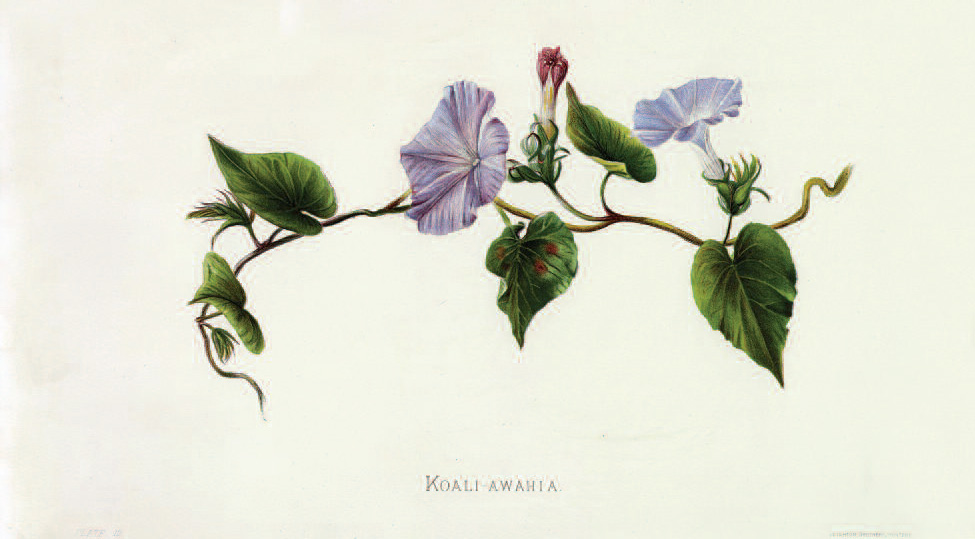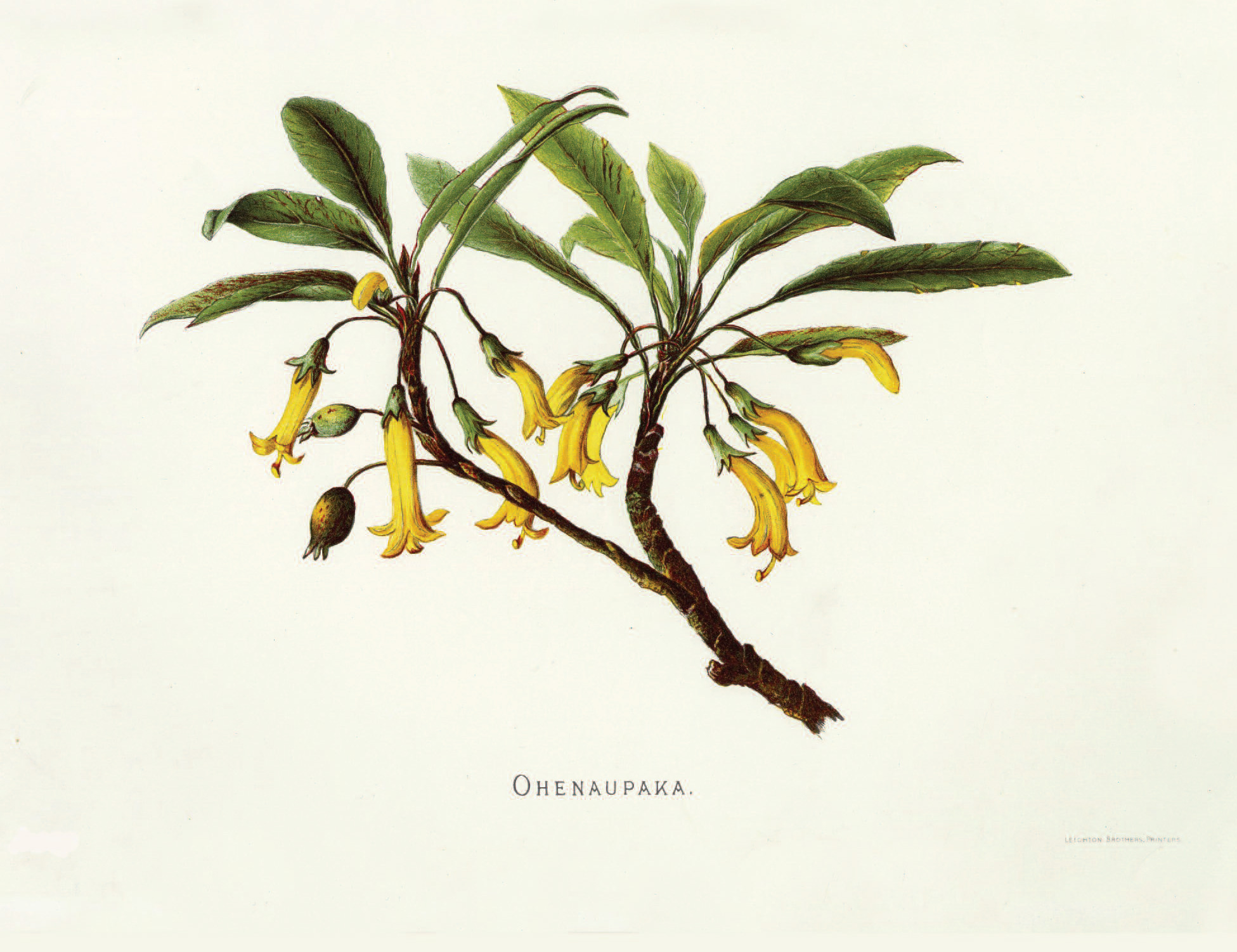
Two spiritual pioneers on the end of life’s journey
The following passages, narrated by Mirabai Bush, describe time spent recently at the Hawaii home of the spiritual teacher Ram Dass, who suffered a massive stroke twenty years ago.
–The Editors
Let Go Before You Die
The next morning Ram Dass comes down to breakfast on his chair elevator. He looks sad and says, “Kush died last night. He was such a good cat.” I knew it was hard. Kush had been with Ram Dass for thirteen years. For the last several years, he had slept on Ram Dass’s chest every night, breathing together with him. “He was one of my spiritual guides,” Ram Dass says. “We vowed to let him die in his own way, not get shots to hasten it. And he did.” We all feel sad. Later that day, we will bury Kush in the garden, chanting his way to his afterlife.
After breakfast, I walk down the road from Ram Dass’s house. My heart is with Kush, but body feels good striding along; I’ve been sitting a lot. It’s cool for Maui, a good temperature for walking. I wave to two workmen landscaping a neighbor’s property, hauling dead palm fronds into the back of a truck, trimming the grass around the base of the trees. The activity of life. Aloha kakahiaka! Their dog runs out to sniff me and wiggle his ears. I pet him and smile. The ordinary moments of life are becoming more precious.
When I get back, I decide to listen to a talk Ram Dass once gave about what happens after death.
When you die, where your consciousness is at the moment of death is a reflection of your level of evolution. If you are ready for the transformation that occurs at the moment of death, when there is a dissolving of the control mechanism and an intensification of all the energies, and you are not identified with all that so that you have equanimity through it, you can witness from a place of presence. You can witness the entire process of dying, and your consciousness doesn’t flicker. Most people, however, are attached to some way of looking at the world, and when that starts to dissolve at the moment of death, they go unconscious. They go through the process unconsciously and pick up the thread later on, because it happens too fast and requires letting go too fast. So the art is to let go before you die, so that when you die, there is no letting go required. That’s the most evolved state.
They say in the literature that one who sees the way in the morning can gladly die in the evening. Die before you die, so that when you die you need not die. There is a great quote from Kabir: “If you don’t break your ropes while you are alive”—that is, if you don’t break the identification with your body and your personality while you’re alive—“do you think that ghosts will do it after?”
The idea that the soul will join with the ecstatic just because the body is rotten, that is all fantasy. What is found now is found then. If you find nothing now, you’ll simply end up with an apartment in the city of death. But if you make love with the Divine now, then in the next life, you will have the face of satisfied desire. So plunge into the truth. Find out who your teacher is. Believe in the great sound. In other words, do your sadhana so that you can break the identification now. Then, at the moment of transformation, you can just go. If you have fear, you will be met and guided and protected. There will be beings that are there, who are on other planes, available to give meaning to this transformation for you.
So the least conscious beings go unconscious and get reprogrammed. The next more conscious beings meet other beings who guide them and help them. The most conscious beings just let go completely at the moment of death, and they don’t go through more incarnations. The meaning of the wheel of birth and death is that as you get more and more evolved, there is less likelihood that you will keep taking rebirth. From the soul’s point of view, you take rebirth only to work your way out of the illusion of your own separateness.
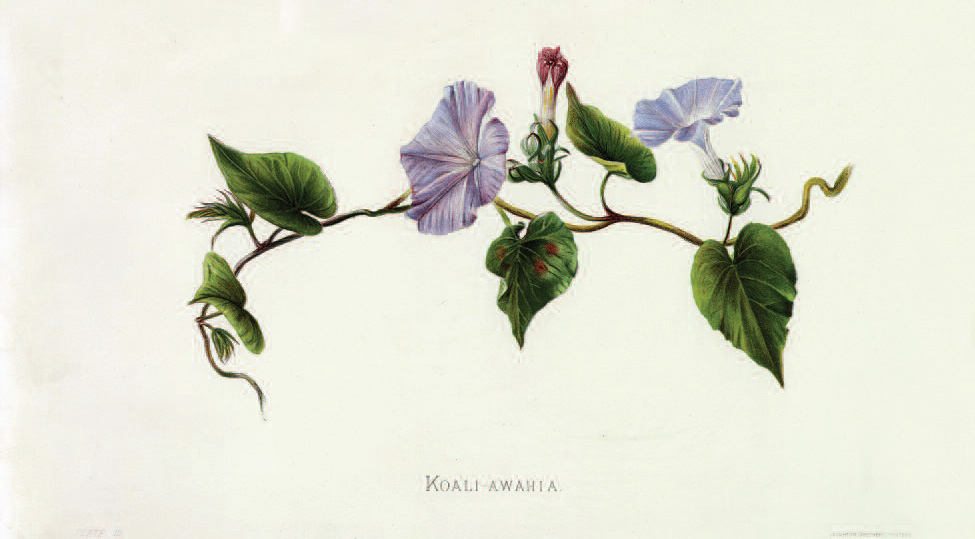
Going Home
When I finish listening and taking notes, I get the Maui News and bring it to Ram Dass in his room. I think it might be too early in the morning to talk about death, but he is reading a book on near-death experience. He says, “I think it’s like finally coming home, home to an old friend who had always known me and who loved me completely. It will be where I am supposed to be, at last.”
Ram Dass sounds like he is giving travel instructions for journeying to our true home. “I want to go there,” I say, and I mean it.
“I’ve wanted to go for a while now,” Ram Dass says. “Sometimes I have to work to stay here.” He is quiet for a while and then continues, “I know our home in this world is not our real home, that it’s a temporary shelter, and that as much as we like it, we will have to give it up. Our real home is in the soul. Awareness of death is a way to awaken to this truth and to lead a happier life.”
Almost everyone in the West who has reported a near-death experience tells of a loving, light-filled return to the Source, the home of the soul. They report an experience of wholeness outside time and space, not a place to be feared.
I say, “I like this description from A Course in Miracles:
Beyond the body, beyond the sun and stars, past everything you see and yet somehow familiar, is an arc of golden light that stretches as you look into a great and shining circle. And all the circle fills with light before your eyes. The edges of the circle disappear, and what is in it is no longer contained at all. The light expands and covers everything, extending to infinity, forever shining and with no break or limit anywhere. Within it, everything is joined in perfect continuity. Nor is it possible to imagine that anything could be outside, for there is nowhere that this light is not.”1
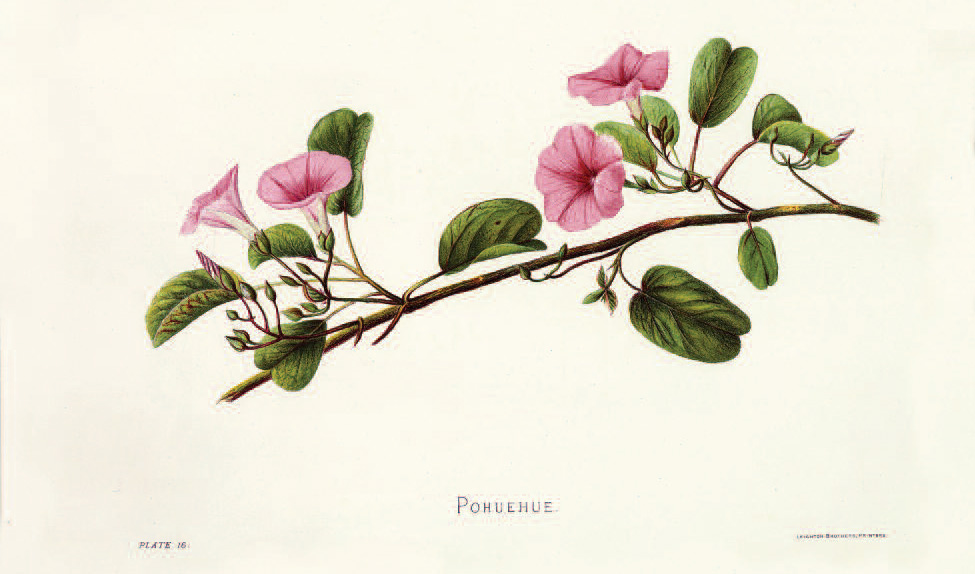
The Soul Pod
Awhile ago, after Larry and Girija Brilliant’s son died, I had asked Ram Dass where he thought Jonathan was now. Ram Dass said that through death we all find our soul pod. Jon was with Maharaj-ji [Neem Karoli Baba, d. 1973, Ram Dass’s guru—the Eds.], in love, in his soul pod. I ask him now to say more about that.
Ram Dass speaks clearly, with certainty. I can tell he’s been waiting to say this. “I’ve wondered for a long time about what happens after death. I have talked to teachers, I’ve read the spiritual texts, and I’ve read books by people who have had near-death experiences, like Ray Moody, who wrote Life after Life. I’ve also communicated with my friend Emmanuel, who is not in his body—he is a spirit that has spoken through Pat Rodegast. Emmanuel says death is completely safe; it’s like taking off a tight shoe. It is some combination of all of these that seems to engender such conviction in me that all does not end at the moment of death—although it’s obvious that I do not know what happens after death in the usual scientific sense.
“As a result of this, I have been able to work with the dying and bring to them, in the face of the unknown, qualities of equanimity and peace. In those moments of being with a person who is approaching death, I find that only truth works. And so I am forced to examine and reexamine the depths of my understanding of life after death. This is the crucible through which what I am going to share has passed.
“As you extricate yourself from a solid identification with body and with personality and with materiality, you begin to have the spaciousness to allow that death may be part of a process rather than the end. I feel that very deeply. People ask, ‘Do you believe that there is continuity after death?’ and I say, ‘I don’t believe it—it IS.’ This offends my scientific friends to no end.”
“What about consciousness at the moment of death?” I ask.
“Right now, I believe that at the moment of death, the thought forms to which we are attached determine what happens next. As Maharaj-ji said, ‘If you desire a mango at the moment of death, you’ll be born an insect. If you even desire the next breath, you will take birth again.’ Because of this effect, cultures that believe in reincarnation pay much attention to preparing for the moment of death. The Tibetans, for example, describe how not to get stuck in the feeling of heaviness when the earth element leaves, or the experience of dryness when the water element leaves, or the experience of coldness when the heat element leaves, or the feeling that the out breath is longer than the in breath as the air element leaves.
“I don’t have a [mental] picture of the bardos, the transitional states between death and rebirth that the Tibetans describe, but I imagine they are true. What I do feel with confidence is that when we die, we join our soul pod.”
“Our soul pod?” I ask.
“This is how I understand it. When we die, we leave our ego and body behind, but the soul goes on. Once it is free of the ego and the body, the soul merges back into the oceanic whole, into the One. Think of the cyclic process of the ocean mist rising off of the ocean, forming clouds, turning to raindrops falling into the ocean. The ocean is made of raindrops, but it is also the one ocean. It is an infinite and eternal space of love.
“We have been born and died so many times. Remember that story the Buddha told about a mountain six miles wide and six miles high. A bird flies over the mountain once every hundred years with a silk scarf in its beak that brushes the tip of the mountain. The length of time it takes the scarf to wear away the mountain is how long we have been doing this. Once every hundred years, the scarf goes over. A scarf and a mountain. It goes on and on and on.
“And each time we die, we find our soul pod. It’s home. It’s outside time and space. Much of my life has been about trying to make contact with this home. I’ve come home at times, through drugs, through meditation, and most powerfully through being with Maharaj-ji, but it has always been temporary. I look forward to nestling in to home through this new beginning.”
“Who is at home in the soul pod?” I ask.
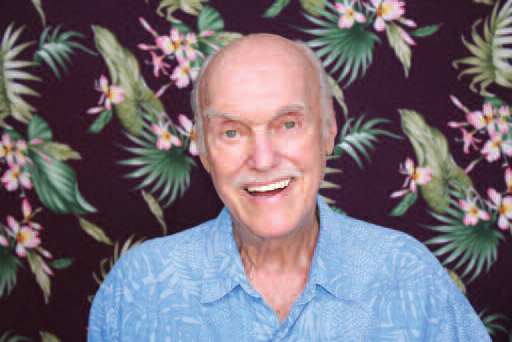
“The soul pod is all friendly souls who love each other, souls we’ve been together with through many lifetimes. We recognize them because they feel familiar. Love for them is like air for us—they live on love. They welcome you tenderly and ask, ‘What was your incarnation like? What did you learn?’ The sharing is beautiful. I think that in this incarnation in the West, we have learned a lot about individuality—of people, families, tribes, and nations—and how it breeds separation, which leads to fear.
“The souls in the soul pod are beings of light. The brightest light in the pod is your guru, or guide, who knows everything about your past incarnations and gives you guidance for the next.
“I have faith that Maharaj-ji will be the brightest light in my soul pod. I imagine my soul standing beside him, laughing at the melodrama on earth as we witness it. He and I will pick the most suitable incarnation for me so that I can learn the most from my karma in the next life. And there will be other very loving beings who have been significant to me, because we are all in this together, parallel souls on a parallel journey of finding meaning and eventually releasing meaning in order to surrender into the One.”
The room feels a little like a soul pod right now. Wind blows through the palms outside. Birds are chirping tee-cho, tee-cho, tee-cho. Kush sleeps peacefully on Ram Dass’s lap.♦
NOTES
1 Helen Schucman, “The Forgotten Song,” A Course in Miracles, T-21.1.8 (Mill Valley, CA: Foundation for Inner Peace, 1992), 447.
Excerpted from Walking Each Other Home: Conversations on Loving and Dying by Ram Dass and Mirabai Bush. Copyright © 2018 Love Serve Remember Foundation and Mirabai Bush. To be published by Sounds True in September 2018.
From Parabola Volume 43, No. 3, “The Journey Home,” Fall 2018. This issue is available to purchase here. If you have enjoyed this piece, consider subscribing.
